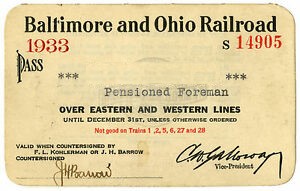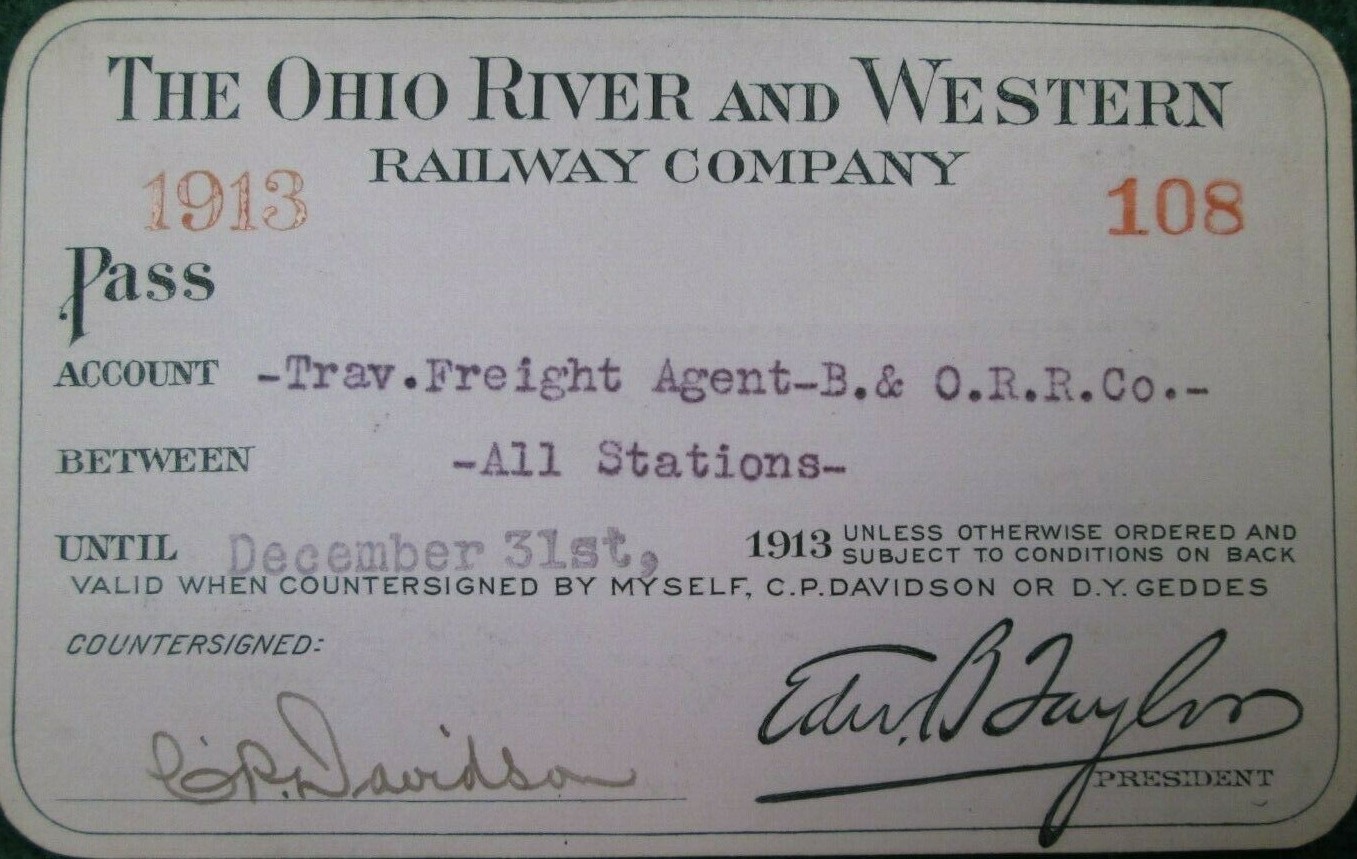



The first official operating session was held on the railroad this spring. These early sessions remind me of learning new plays when I was playing football. First, we walk through the play. With each repetition, the coach tries to get us to move a little faster. At some point, we should graduate to full speed. As of mid-December, we are still walking. At the moment, we are using a sequential timetable and a waybill-like freight car forwarding system of my own design.
The operating sessions became possible with the completion of the Shepherd Branch and the near completion of Benning Switch. The MOW crew has to lay a siding into the bulk oil dealer to complete the industrial switching district. The completion of the right of way was followed closely with industrial development. Two industrial structures, Fractured Furniture and Ottenberg Bakery, are in place. The DPM pieces have been purchased for the construction of Terminal Storage warehouse.
The railroad converted an old boxcar into an MOW shop. The crew uses the building to store supplies and the speeder. The boxcar was a Chooch kit of an outside braced, door and one-half boxcar. A signal tower was erected at Benning to control this important junction. The tower was kit-bashed from a Lionel Watchman’s Tower. A hip roof was fashioned from cardstock and shingle paper. All four of the structures have some kind of light, either internal or external.
The early operating sessions exposed the fallacy of attempting to rely on manual uncoupling. Some of the major uncoupling sites were unreachable because of scenery or distance. This necessitated the installation of Kadee uncoupling permanent magnets in the hard to reach locations. The magnets provided for O scale operations are exceptionally powerful. I am having trouble with unintentional uncoupling of cars, particularly cabooses, in moving trains.
New control panels were installed for Shepherd Branch, Benning Switch, and Kearney Yard. The panels were constructed in the manner described in last year’s report--laser printed on white paper, backed with red card stock, and faced with Plexiglas. The electrical switches and LEDs are mounted in holes drilled through the Plexiglas and paper.
On May 20, during the MER spring convention at York, PA, I drove a steam locomotive for 30 minutes at a combined distance of 3.5 miles. The locomotive is a 1901 0-6-0 of Pennsylvania Railroad heritage (#683) with slopeback tender. The opportunity to be an engineer was available during the auction on Friday. I went to York determined to get one of the slots. As it turned out, only two of us were interested enough to bid. This fabled event occurred at the Williams Grove Historical Steam Engine Society.
For the first time, Chris accompanied me to an NMRA national convention. (She has also accompanied me to one O scale national convention.) We booked a Sleeperette compartment on Amtrak’s Crescent between Washington and Atlanta, round trip. The meals in the dining car were pleasant and we did get to see a great deal of Virginia on the trip south and Georgia on the trip north. The train was close to on time in each direction also. I must note that the use of Peachtree Station (Southern Rwy.) in north Atlanta is inconvenient and uncomfortable.
Our stay in Atlanta was a blend of model railroading and sight seeing. I attended the clinics that I wanted and took four layout tours, but we also had time to explore the Underground, the King Memorial, Ebeneezer Baptist Church, and the Botanical Gardens. We also took rides to the eastern and northern termini of the MARTA (Atlanta’s rapid rail system). Olympic construction was everywhere. While I was doing railroady things, Chris used the pool or went exploring on her own. We did enjoy the NMRA picnic, train ride, and laser light show at Stone Mountain.
As at Valley Forge in 1993, I was very successful at the silent auction in Atlanta. Unlike Valley Forge, I spent a good deal of my profits at the Train Show. In any case, I have recycled most of the kits, parts, books, and videotapes that I have been trying to peddle for the last 3 years.
In November, I began volunteering at the B&O Railroad Museum. I am currently working in the library helping preserve papers from the presidency of John W. Garrett (1858-1884). We are unfolding the papers and transferring them to acid free folders and boxes. I find that I get caught up reading some of the correspondence. It must be that bachelors degree in history. At the present, I work the second Saturday of the month. Come by and say hello if you’re in the neighborhood.